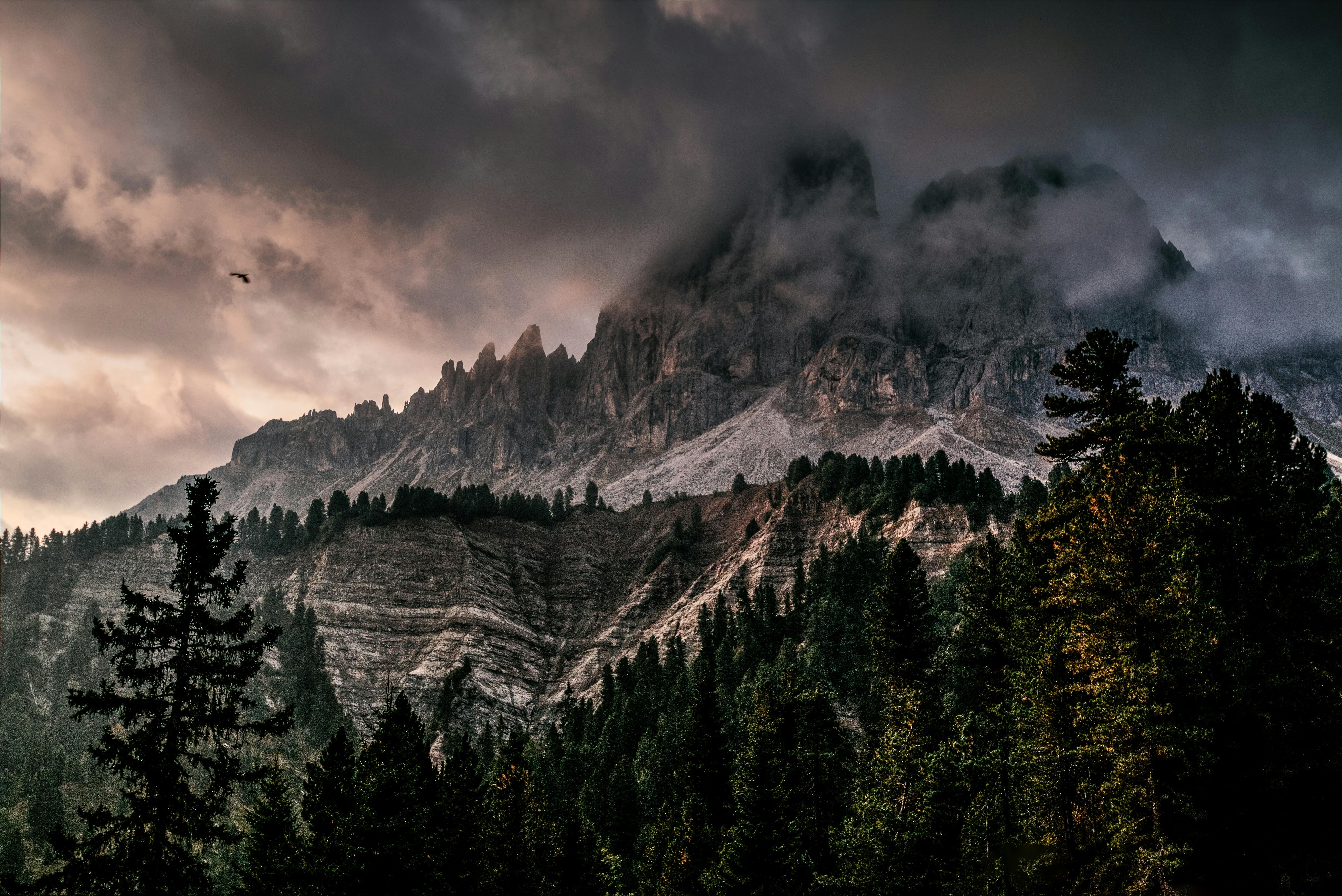Murli Das Melwani: Themes of Indian Short History in English: A Historical and Critical Review. Bareilly: Prakash Book Depot, 2009. Pages 207. Price: Rs. 175 / -, ISBN-978-81-7977-323-9.
As Murli Das Melwani says in the Preface, the aim of the book is to draw attention to the genre of Indian short stories in English through a critical study of its historical development from 1835 to the present. It outlines the characteristic thematic features of various authors in seven sections divided into various subsections. However, as the writer says in the Preface, “The scope of this book is limited to the stories collected and published in book form.” Neither does the book include published uncollected short stories, recounted stories, fairy tales, and long short stories, nor does it include translated short stories.
In the ‘Introduction’, Melwani traces the development of the tale from Kathasaritsagar to Raja Rao without excluding its development as a form in the West. It takes into account early practitioners such as ETW Hoffman, NV Gogol, Merimee, Balzac, Gautier, Edgar Allan Poe, Ambrose Bierce, Stephen Crane, O’Henry and HG Wells etc. in the West and Sudhin Ghosh, RK Narayan, Raja Rao . and others in India.
The first section entitled ‘The Beginnings: 1835-1935’ includes authors such as Pallab Sengupta, Soshee Chunder Dutt, Cornelia Sorabjee, SB Banerjea, Dhan Gopal Mukerji, AS Panchpakesa Ayyar, CT Ramabhai, etc. These early Indian writers in English paved the way for the great trio of Indian English fiction, namely Mulk Raj Anand, RKNarayan, and Raja Rao, who are discussed separately in Section II of the book. In ‘The First Flowering: 1935-1945’ Melwani includes other writers such as Manjeri S. Isvaran, Khwaja Ahmad Abbas, Ela Sen and Louis Gracious, who enriched the nationalist movement of the time with their writings.
Section III deals with several celebrated authors from the 1950s, such as Attia Hossain, Khushwant Singh, GD Khosla, and others who reflected on human characters in relation to economic development in early post-independence India.
Section IV, ‘The Second Bloom: 1960-1970’ deals with some well-known writers such as RP Jhabvala, Bunny Reuben, Ruskin Bond, Bhabani Bhattacharya, who are less moral but more satirical and paradoxical in their treatment of the subjects.
Section V is aptly titled ‘The Flowering’ because it covers the plethora of short story writers such as Padma Hejmadi, Keki N. Daruwalla, Anita Desai, Hamdi Bey, Kamala Das, Arun Joshi, Manohar Malgaonkar and others who flourished during the 1970 and 1980.
They deal with a variety of topics, such as changes in Indian ways of life in small towns, the human psyche, parables, politics, the military, etc.
The next chapter, Section VI ‘An Extended Spring’ takes into account contemporary writers such as Vikram Chandra, Amit Chaudhuri, Githa Hariharan, Anita Nair, Uma Parameswaran, Meher Pestonji and others who contemplate themes such as mystery, fantasy, migration, homosexuality, tradition versus modernity, etc.
The final section ‘The Prospect’ provides details on the history of the publishers. It also mentions underserved publishers such as Kali, Katha, Stree, Tara, Tulika, Yoda, Karadi, Zubaan, Women Unlimited, and Biblio. He also talks about the future of Indian Short Story in English. The section reflects on the absence of literary awards in India and mentions positive developments such as the Vodaphone Crossword Book Award, the Indiaplaza Golden Book Awards, the Readerr’s Choice Award, etc. to promote story writing and reading.
One of the important features of the book is that it includes details about lesser known writers along with well known writers. Critical polls generally cover only well-known names.
The Bibliography can be of great help to researchers because it provides detailed information on anthologies of stories from the time as early as 1908.
However, on the negative side, the book excludes mention of some well-known contemporary writers such as Jhumpa Lahiri, Arundhati Roy, Farrukh Dhondy, Chitra Banerjee Divakaruni, Rohinton Mistry, etc. The book would have been strengthened by his discussion even if the writer’s motive might have been to get readers to get lesser-known names that most books tend to ignore. However, it is an important publication, useful for all Indian English writing researchers and students.
(together with Sudeshna Pandey, researcher M.Phil)




